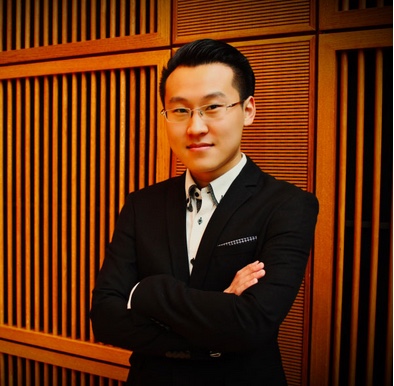by Stephanie Manning
During the second round, the pianists are given thirty minutes to present their recitals. This is the last chance for the 26 contestants to make an impression before the group will be whittled down to just eight for the semi-finals.

The pianist’s approach to the flowing passages of the Beethoven also served him well in the following piece, Debussy’s L’Isle Joyeuse. Ye deftly expressed both the mysterious aura created by the composer’s use of whole tone scales as well as the sparkling leaps that embodied the piece’s title, “The Happy Isle.”

Rachmaninoff’s dramatic and thrilling Sonata No. 2 in B-flat Minor, Op. 36 (1931 version) made a great contrast, allowing Andreatta to show his more aggressive side. His striking, powerful chords made for an engaging listen, even if some were a bit heavy-handed. His standout moment of the performance came during the second movement, a gentle interlude that sounded like the calm in the eye of the storm.

The pianist followed that up with an expressive performance of Debussy’s Images, Book 1. In the first movement, “Reflets dans l’eau,” she delicately expressed the rippling motions of water, before balancing the emotional turmoil of the second movement with the whirling energy of the third.
In her final piece, Lizst’s Paraphrase de concert sur Rigoletto, S. 434, Li accentuated the drama of the original Verdi opera, bringing the melodies to the forefront while taking care to emphasize Liszt’s numerous ornamental touches.

Kim’s second piece was Arcadi Volodos’ transcription of Liszt’s Hungarian Rhapsody No. 13 in A Minor, S. 244/13. Volodos is known for making already-difficult works even more challenging — but again, Kim barely batted an eye. Without getting hung up on the piece’s physical demands, the pianist was able to focus on bigger-picture musical ideas.

Thomazinho ended the session with an interesting pairing of two highly technical works: Chopin’s Etude in C-sharp Minor, Op. 10, No. 4 and Guarnieri’s Toccata. The pianist performed both pieces with a fiery passion, particularly the Toccata, which is heavily influenced by both European and Brazilian music.
Published on ClevelandClassical.com July 18, 2021.
Click here for a printable copy of this article

